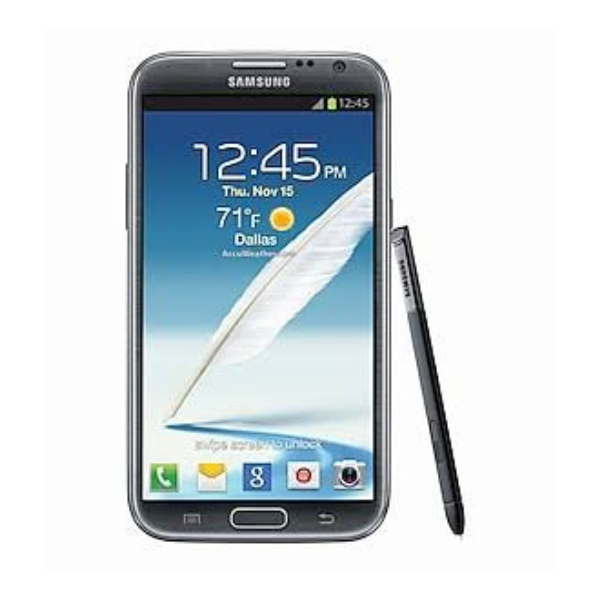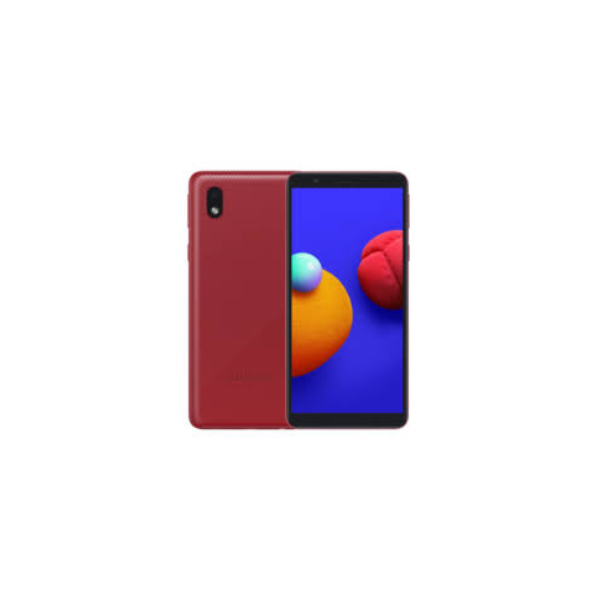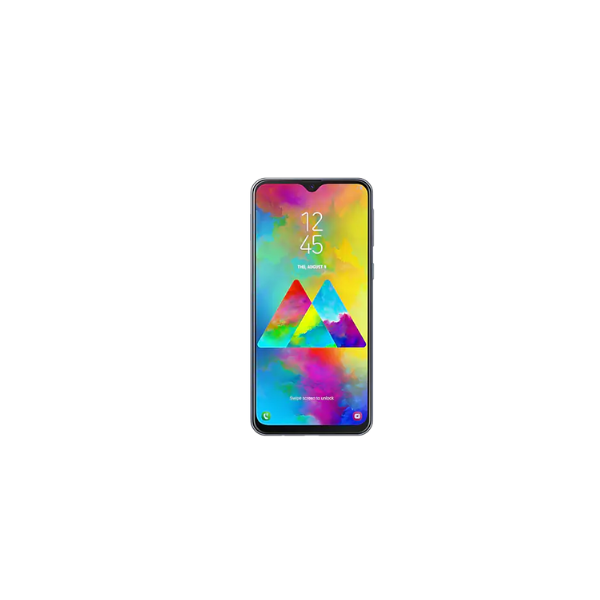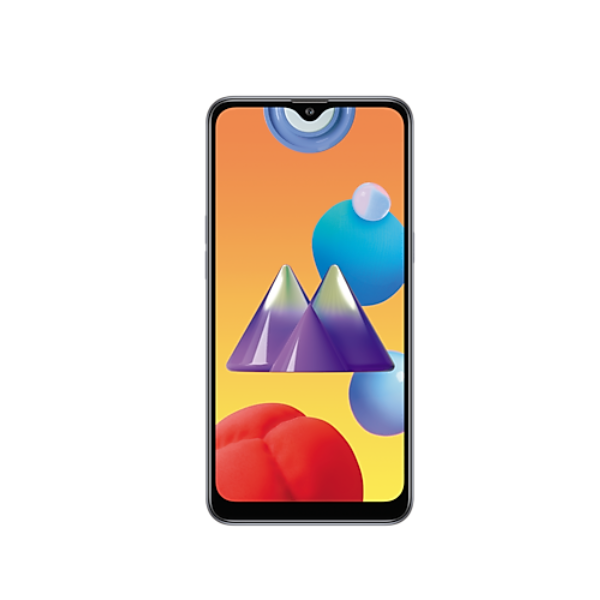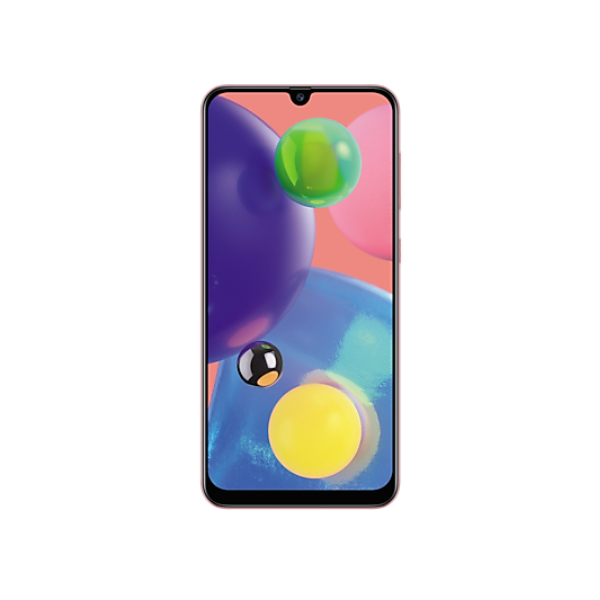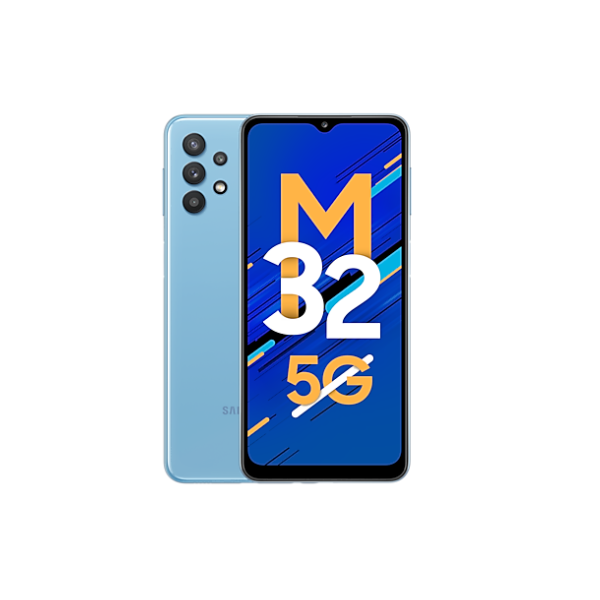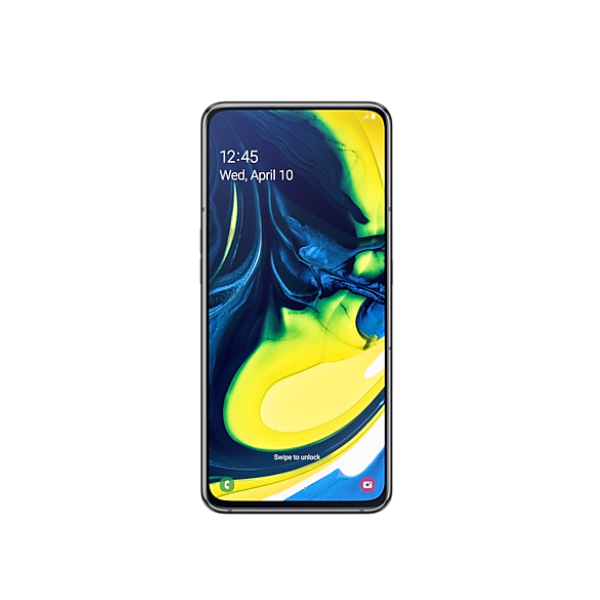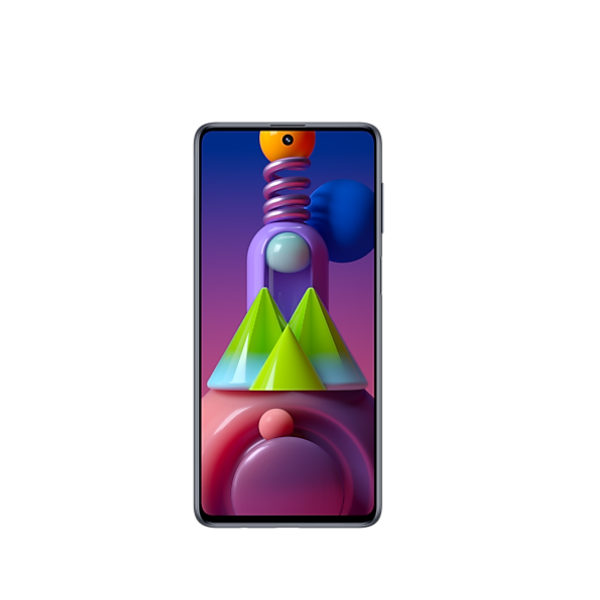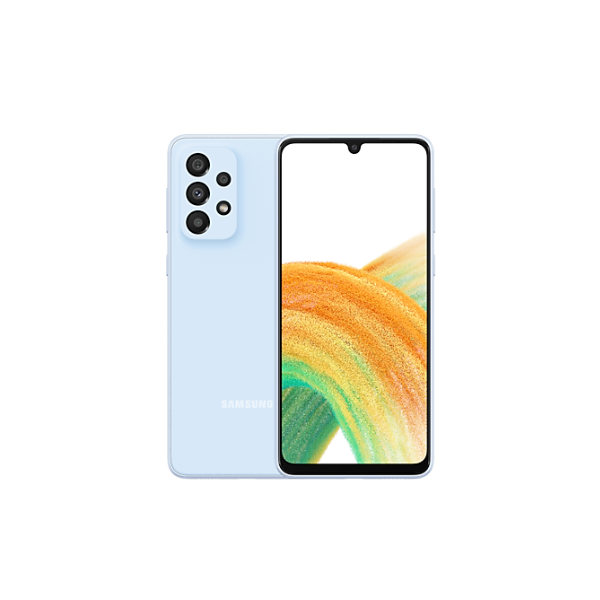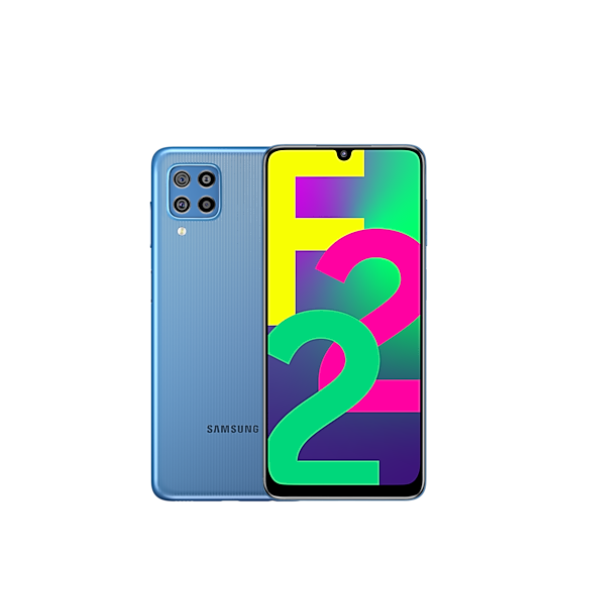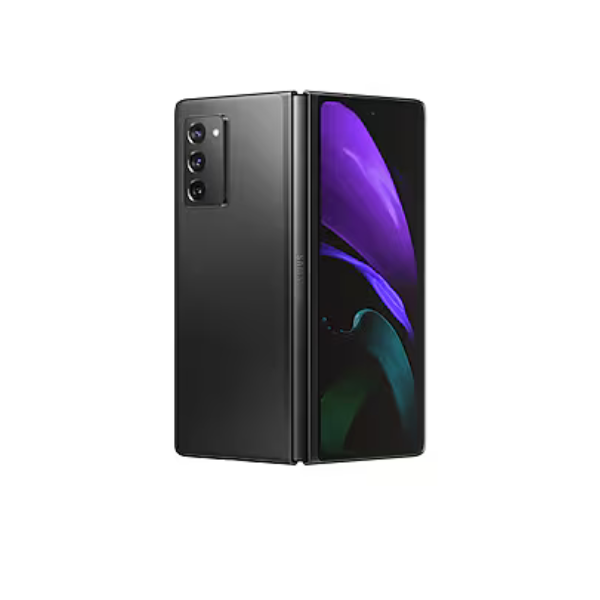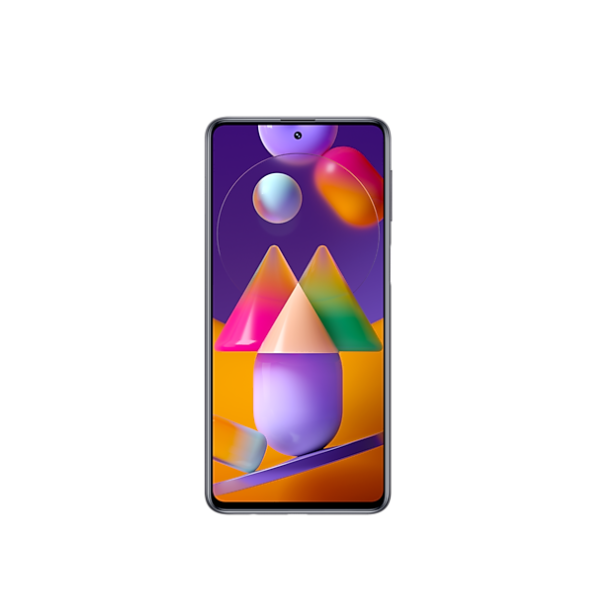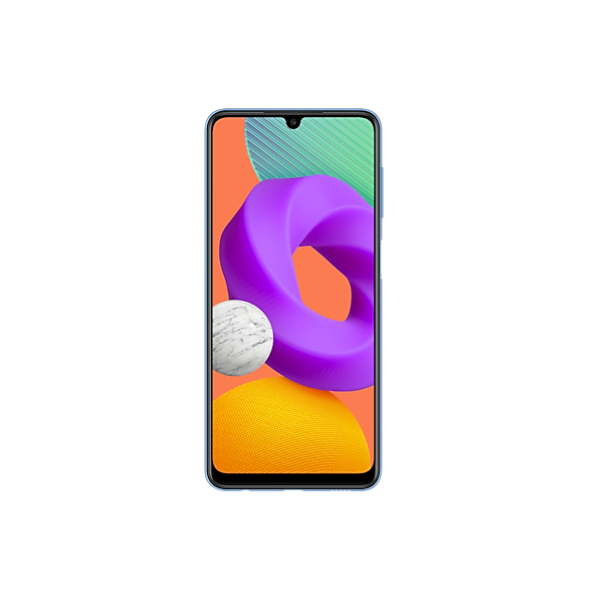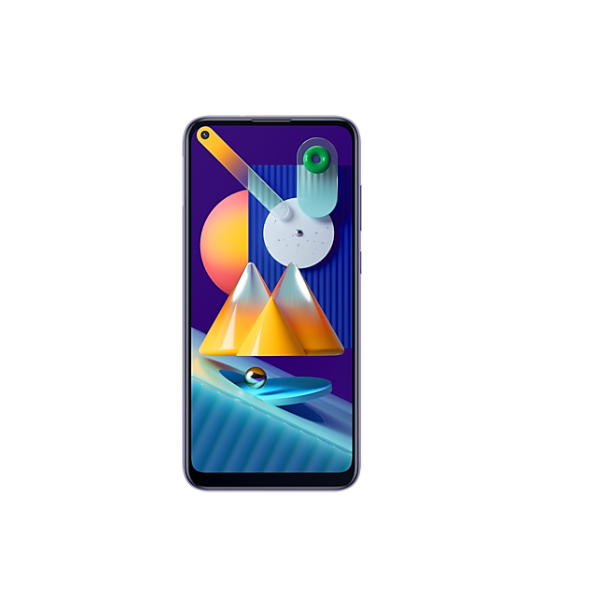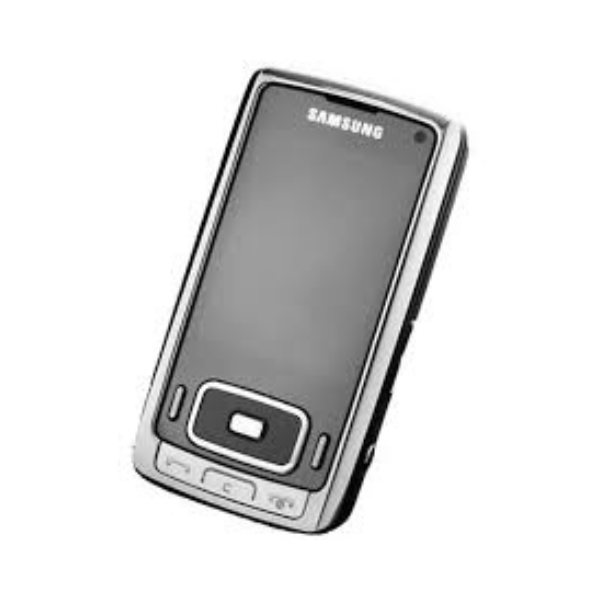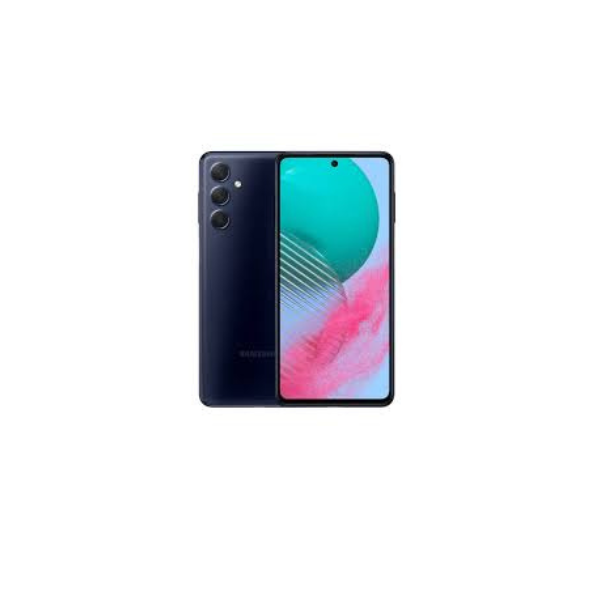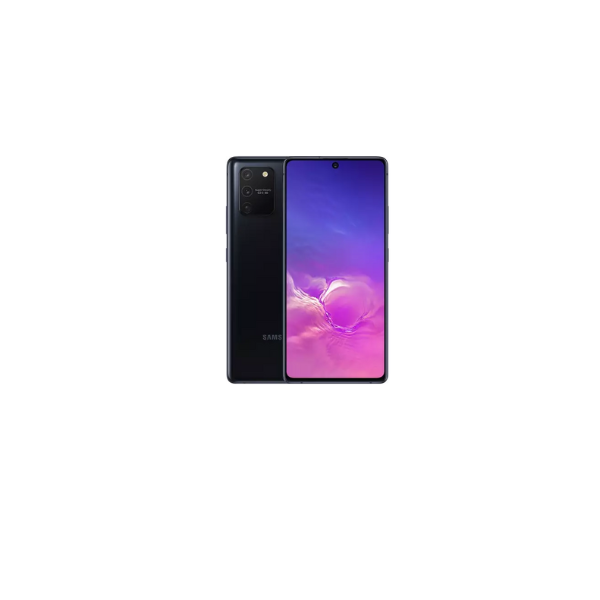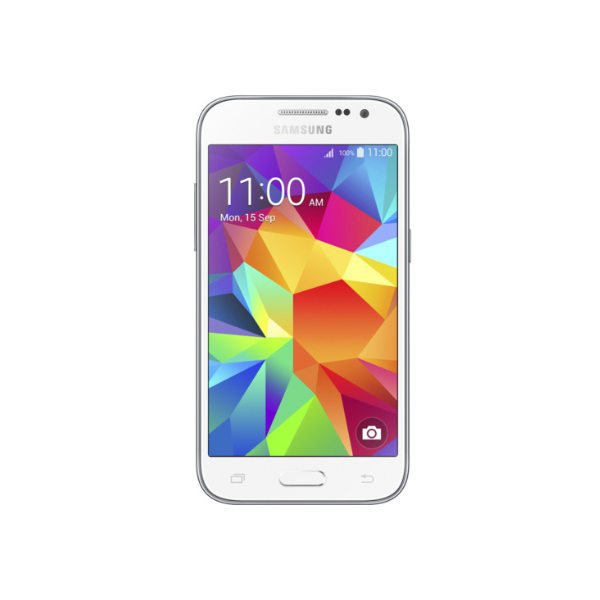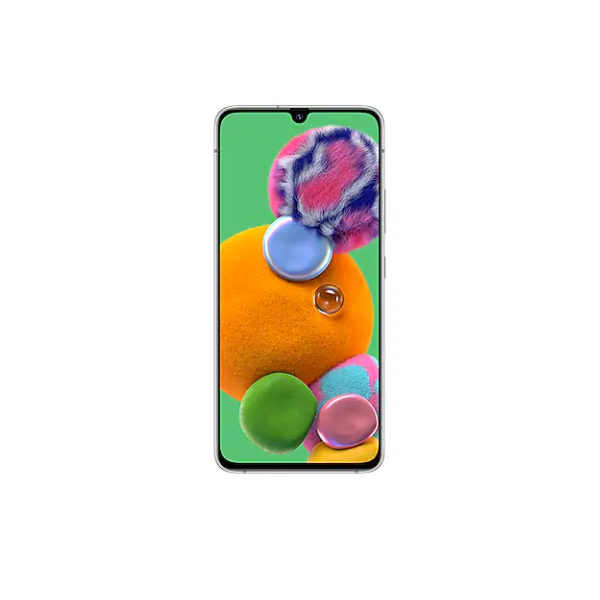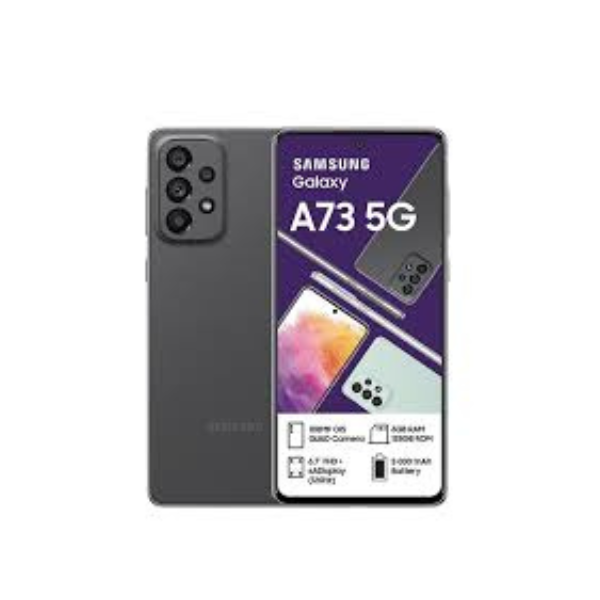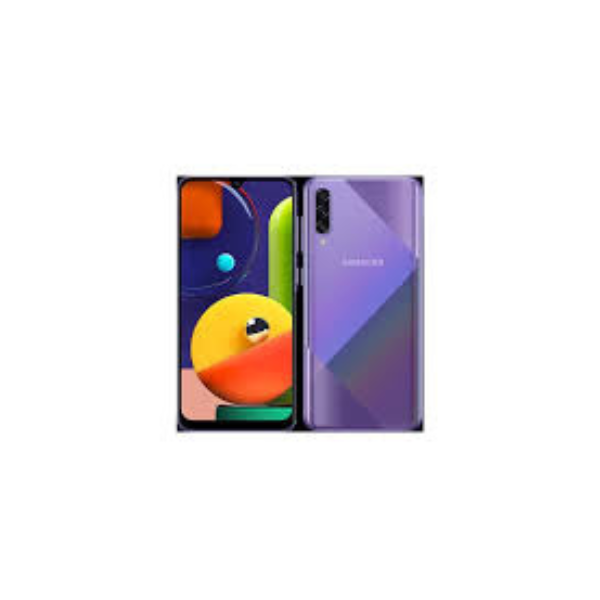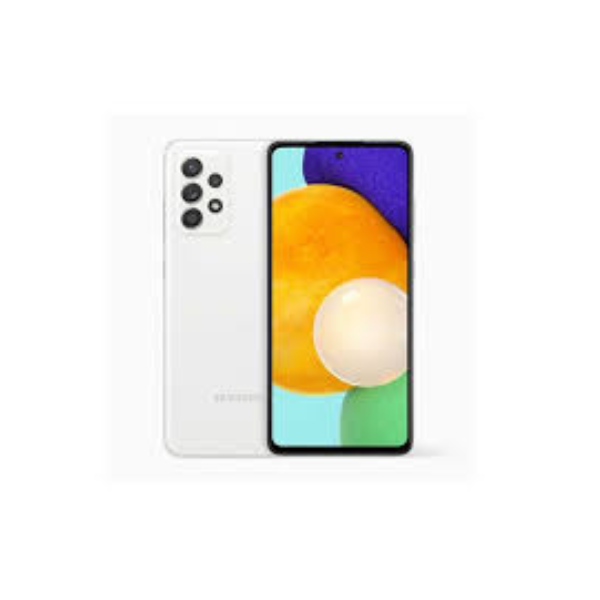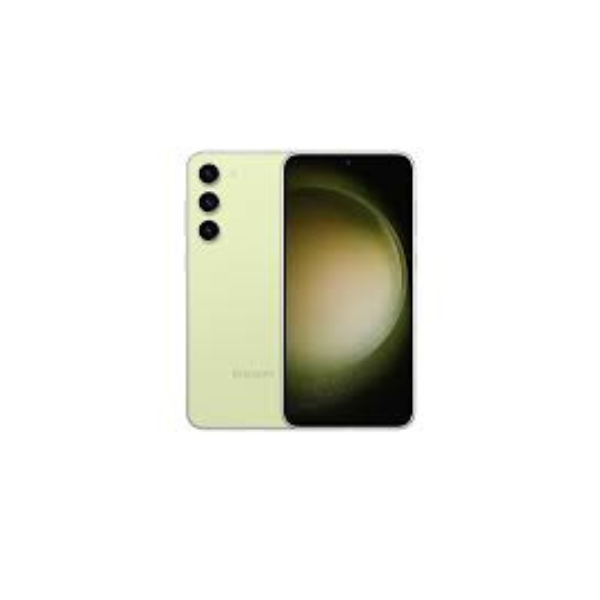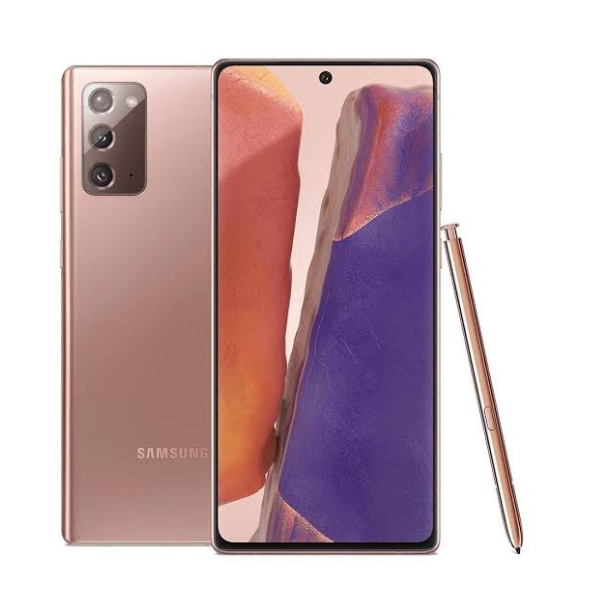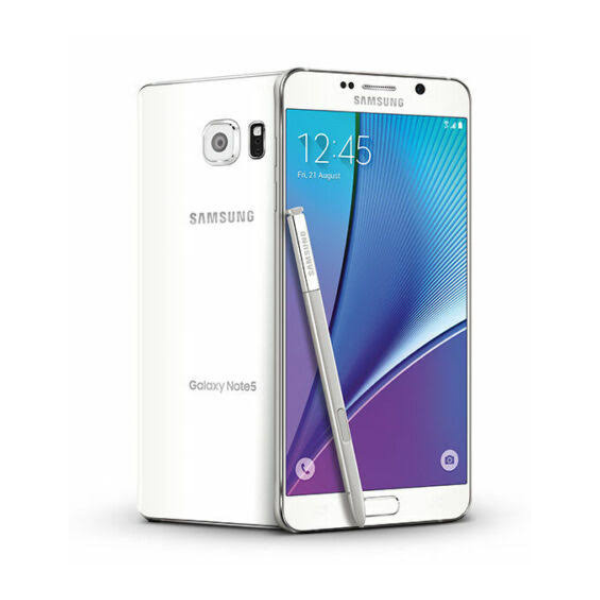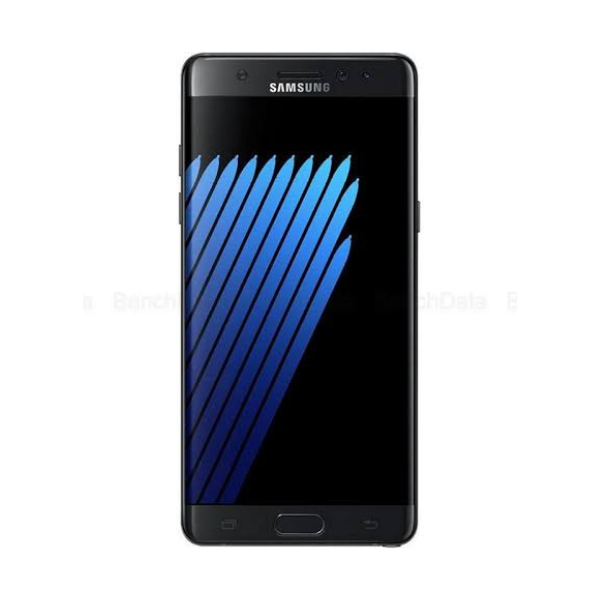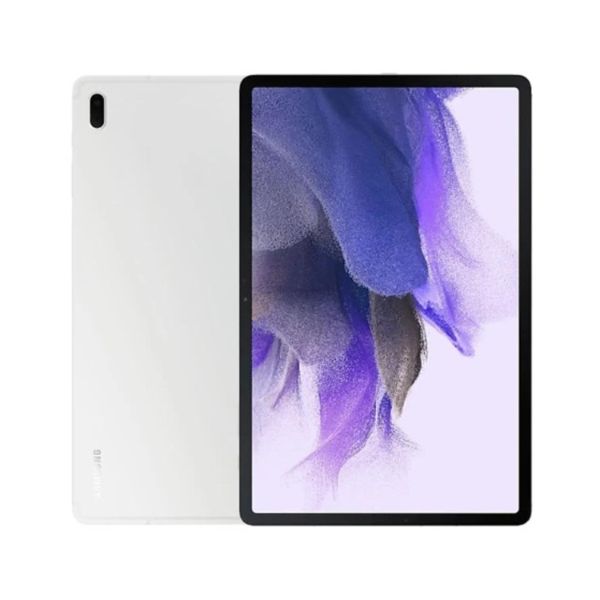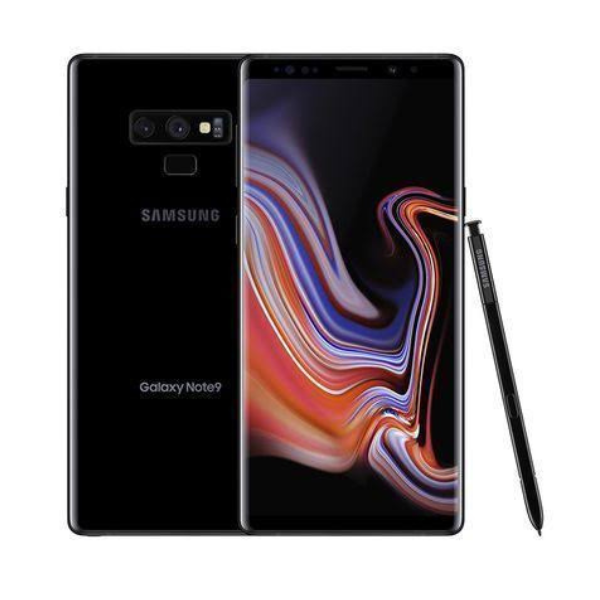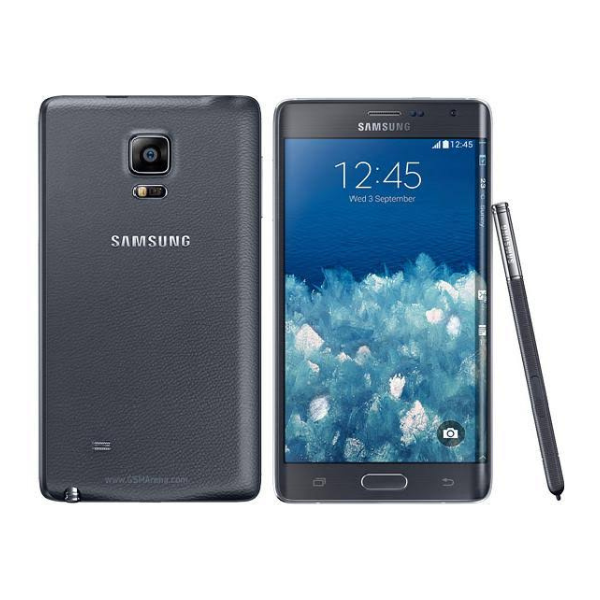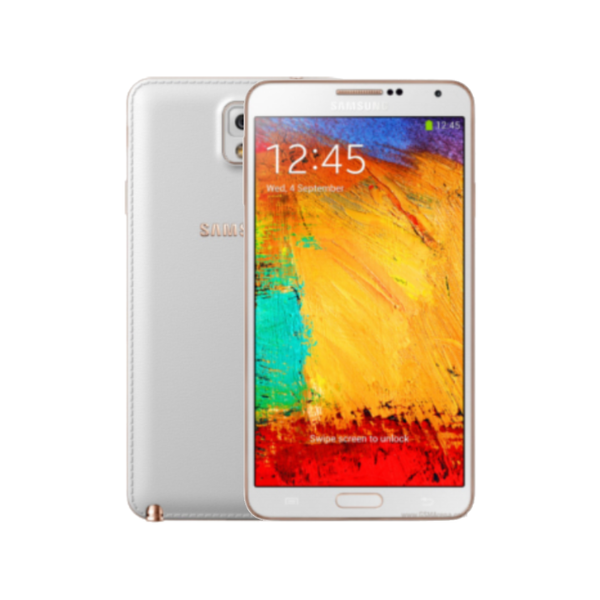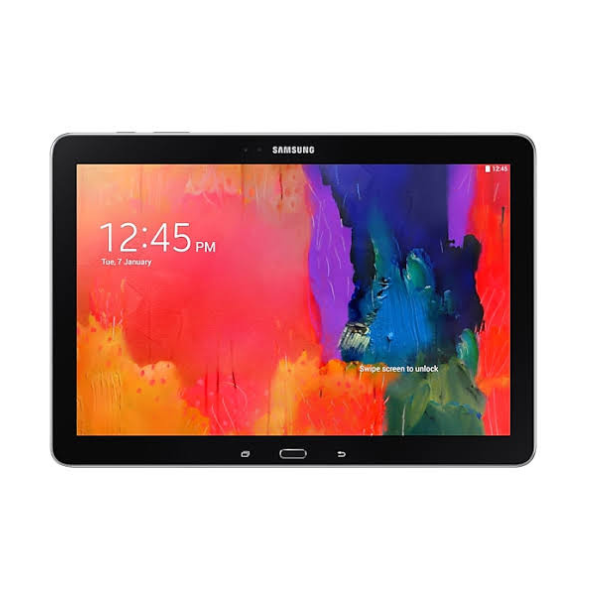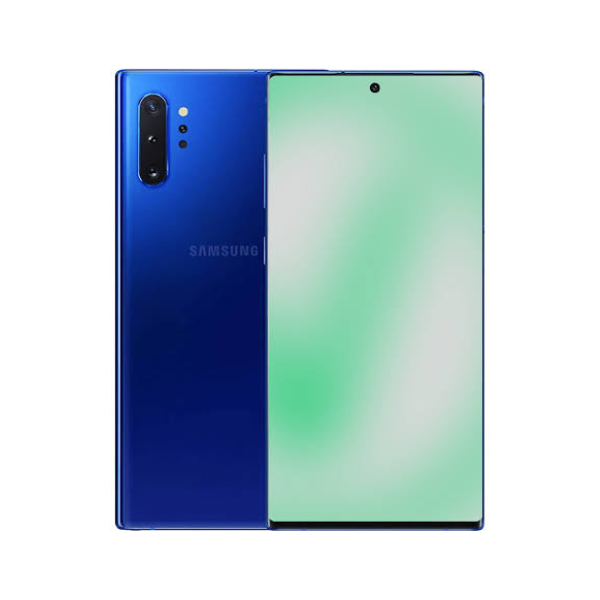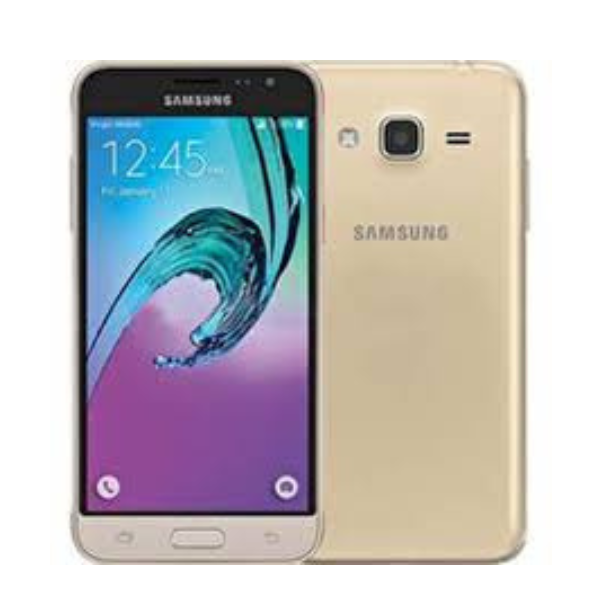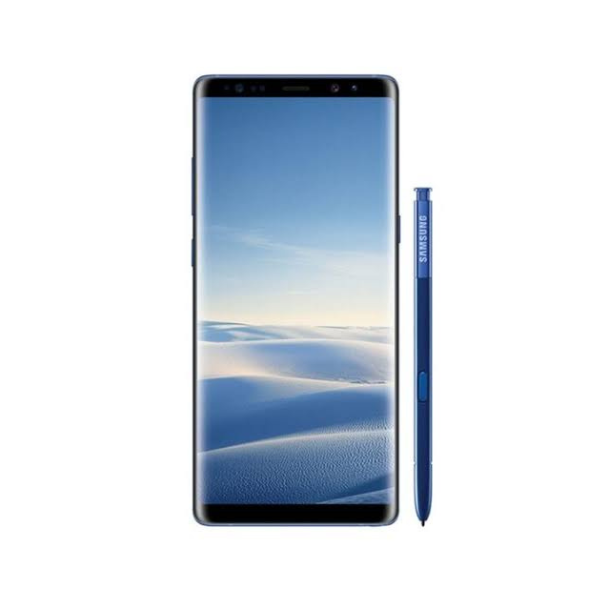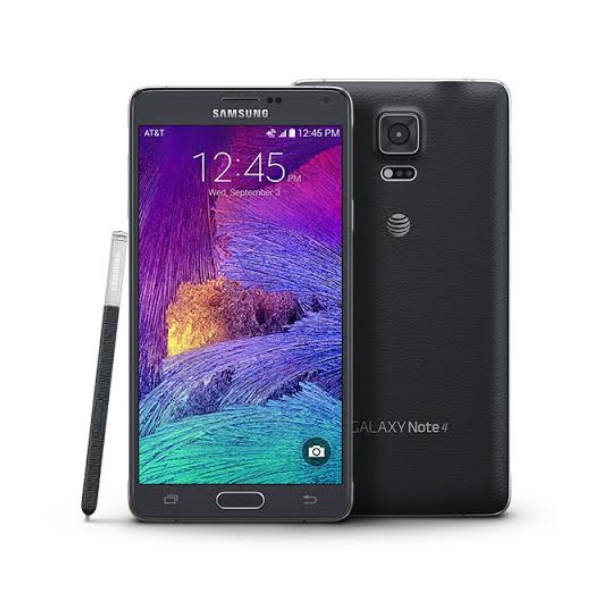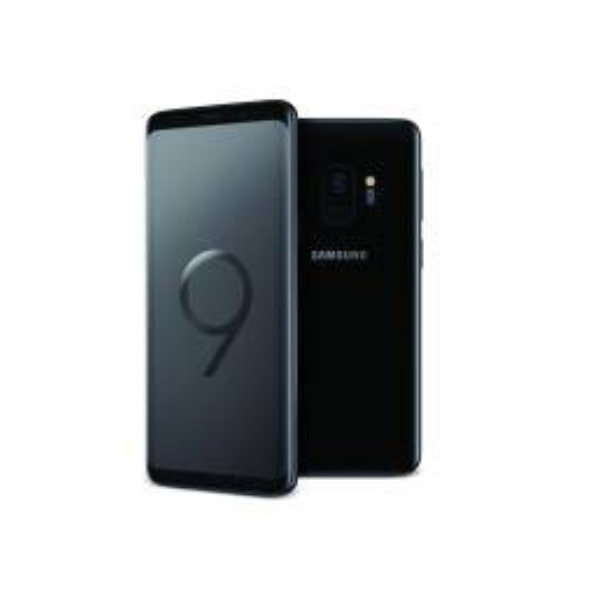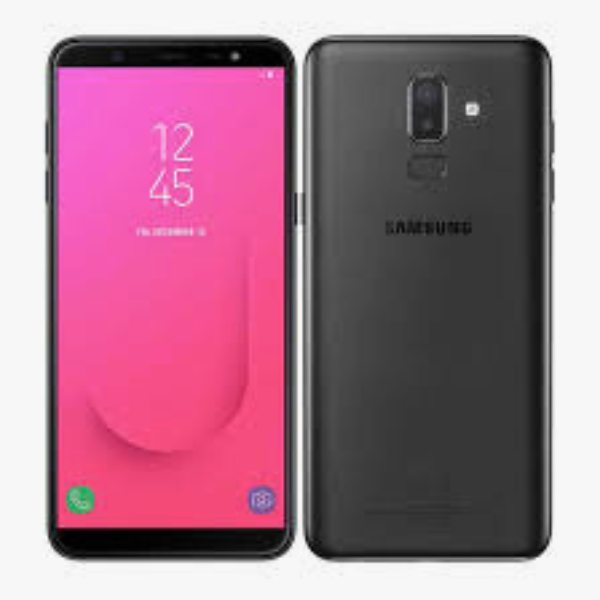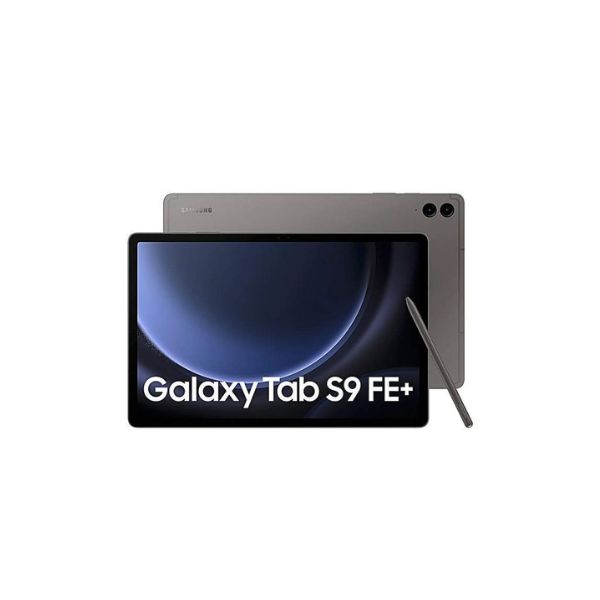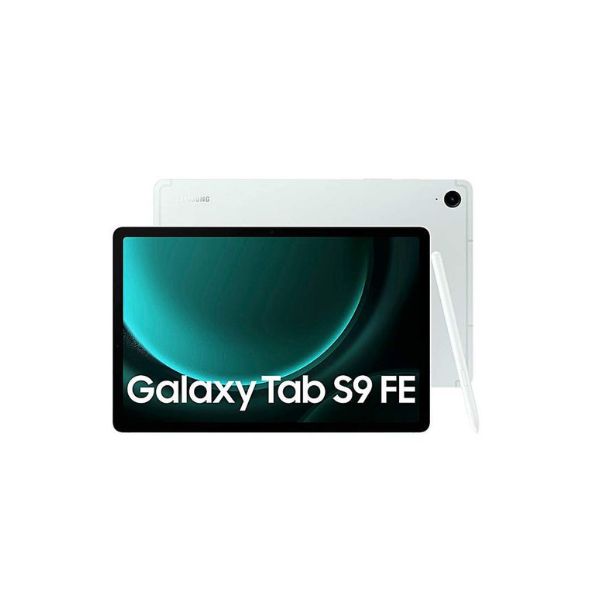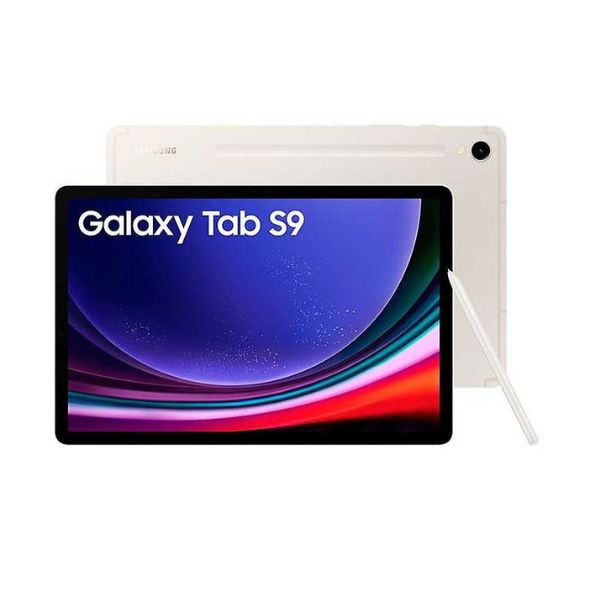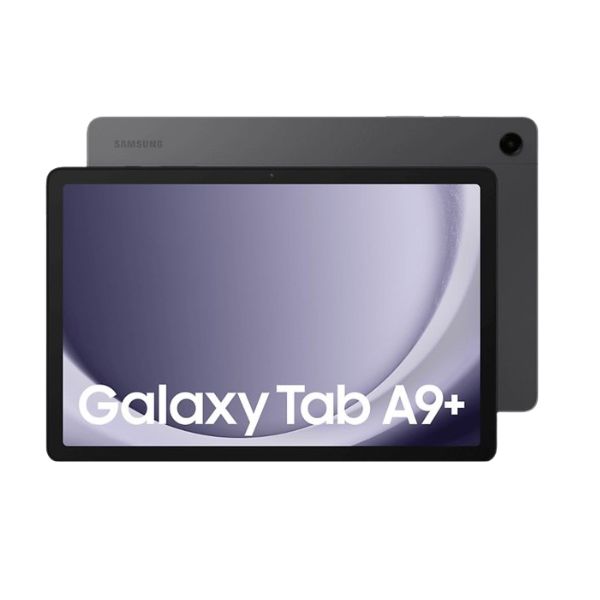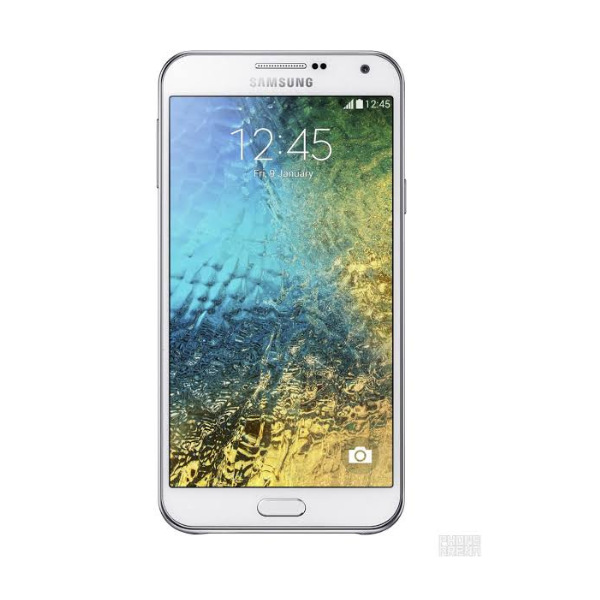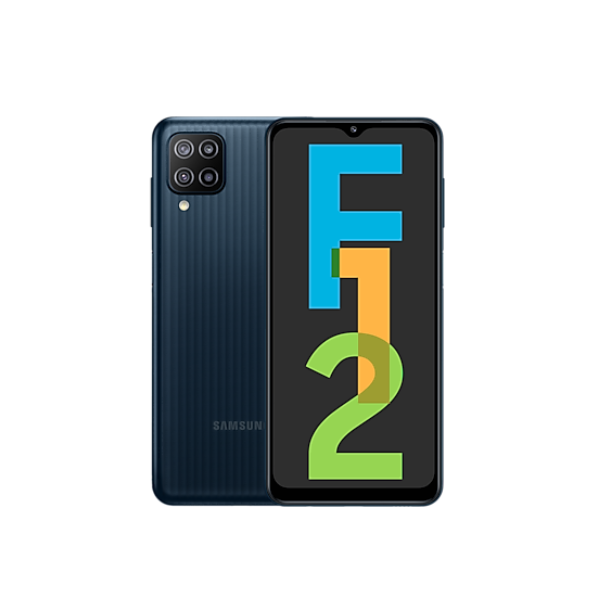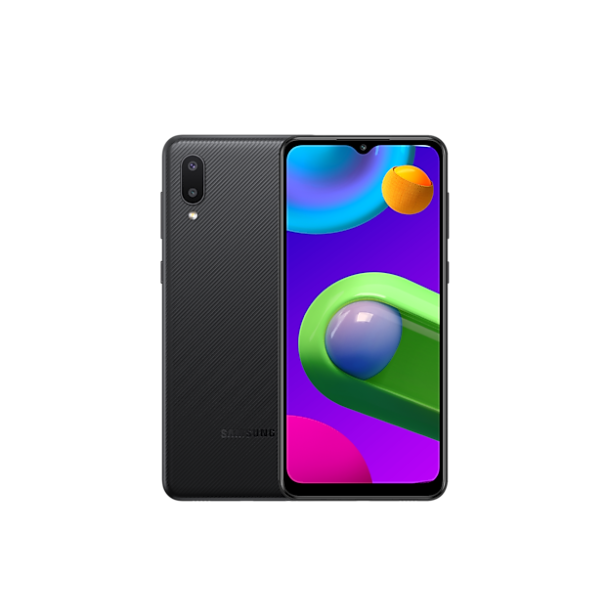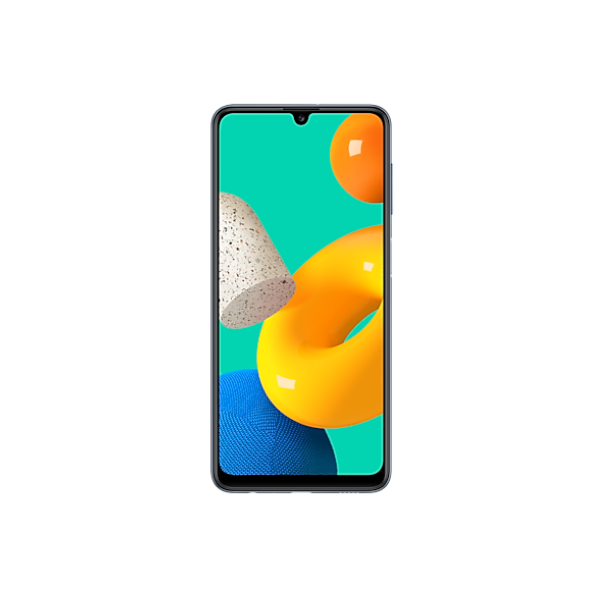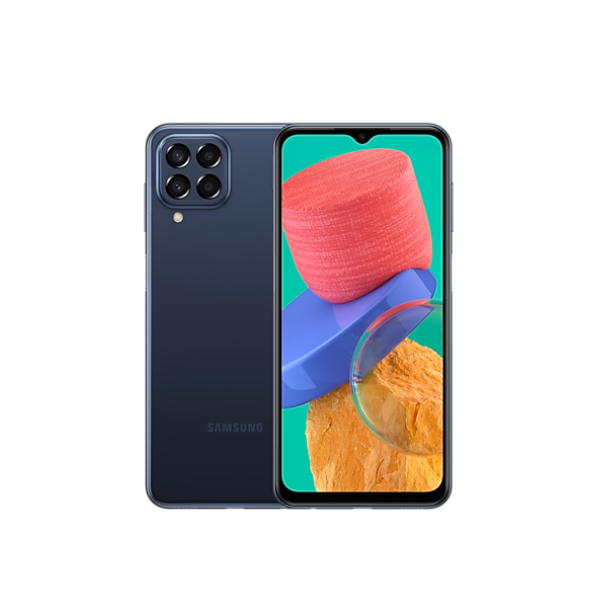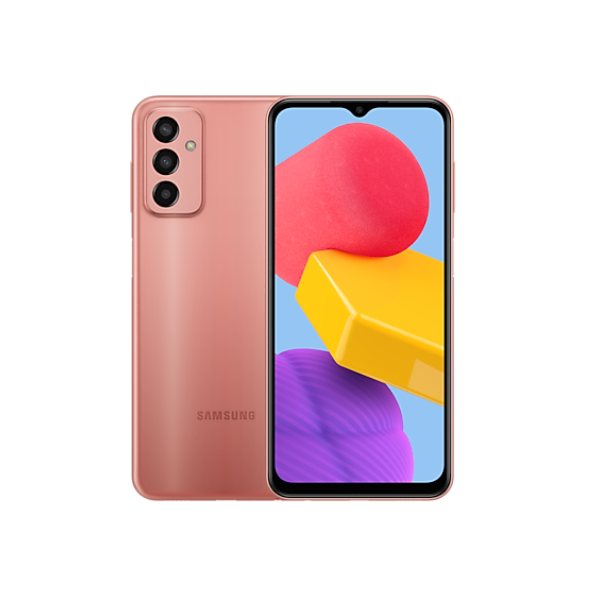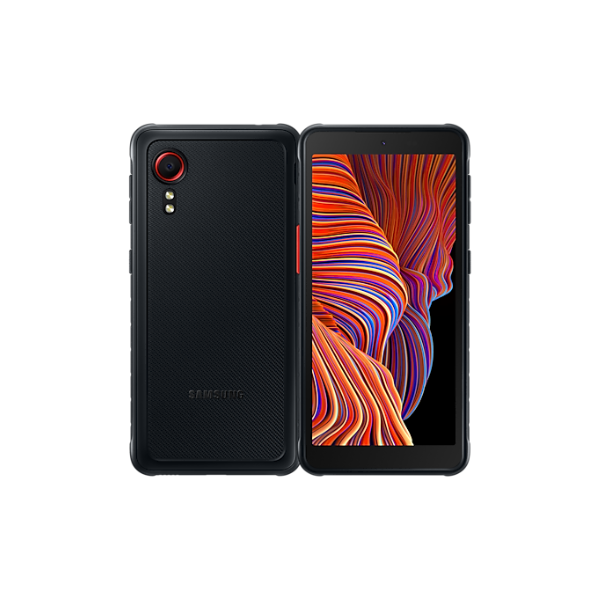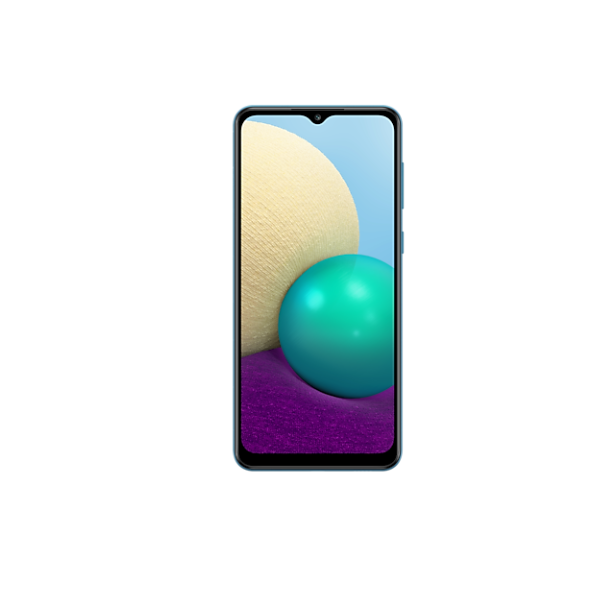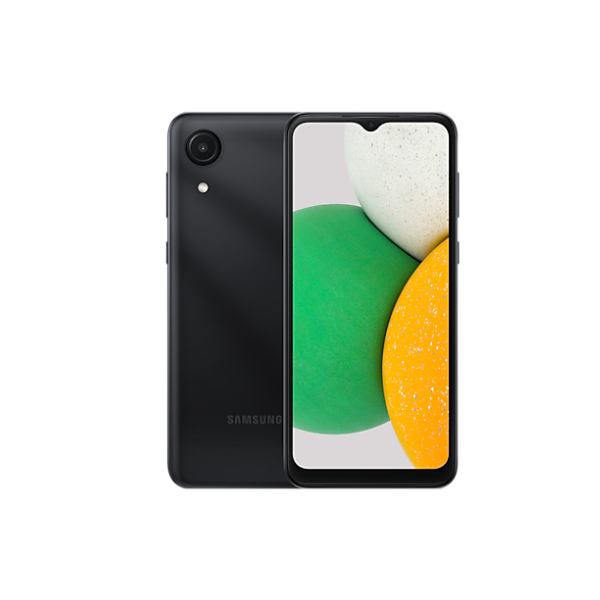The Note 2’s most striking feature is its massive 5.5-inch Super AMOLED display. While this size seems standard today, it was huge in 2012. The phone itself is quite large and heavy, making it uncomfortable for one-handed use. Samsung borrowed design cues from the Galaxy S3, giving the Note 2 a more rounded and sleek look compared to its boxy predecessor. Still, the size will likely be a dealbreaker for users with smaller hands.
Display
The Super AMOLED display is undoubtedly the star of the show. It’s bright, vivid, and offers excellent viewing angles. While the pixel density isn’t as high as modern flagships, text and images remain clear and crisp. This display was perfect for watching videos, browsing the web, and taking advantage of the S Pen stylus.
S Pen Stylus
The S Pen was a key differentiator for the Note 2. It offered pressure sensitivity and various features for taking notes, sketching, and interacting with the phone. While styluses are more common now, the S Pen in 2012 felt futuristic and opened doors for productivity and creativity on a mobile device.
Performance
The Note 2 packed a powerful Exynos 4 Quad processor and 2GB of RAM, which was top-of-the-line in 2012. While it can’t compete with today’s processors, it offered smooth performance for everyday tasks and even some light gaming.
Camera
The 8-megapixel rear camera captured decent photos in good lighting conditions but struggled in low light. The front-facing camera was a meager 1.9 megapixels, making video calls grainy. By 2024 standards, the camera is outdated.
Battery Life
The 3100mAh battery offered excellent life for a phone with such a large display. Users could easily get a full day of use on a single charge.
Software
The Note 2 launched with Android 4.1 Jelly Bean with Samsung’s TouchWiz UI on top. TouchWiz was known for its customization options but also for being cluttered and resource-intensive. By 2024, the software is completely outdated and wouldn’t receive any security updates.
Overall
The Samsung Galaxy Note 2 was a revolutionary device in 2012. It introduced the phablet form factor to the mainstream and offered a powerful and feature-rich experience with the S Pen stylus. However, by 2024 standards, the size, software, and camera are outdated.
